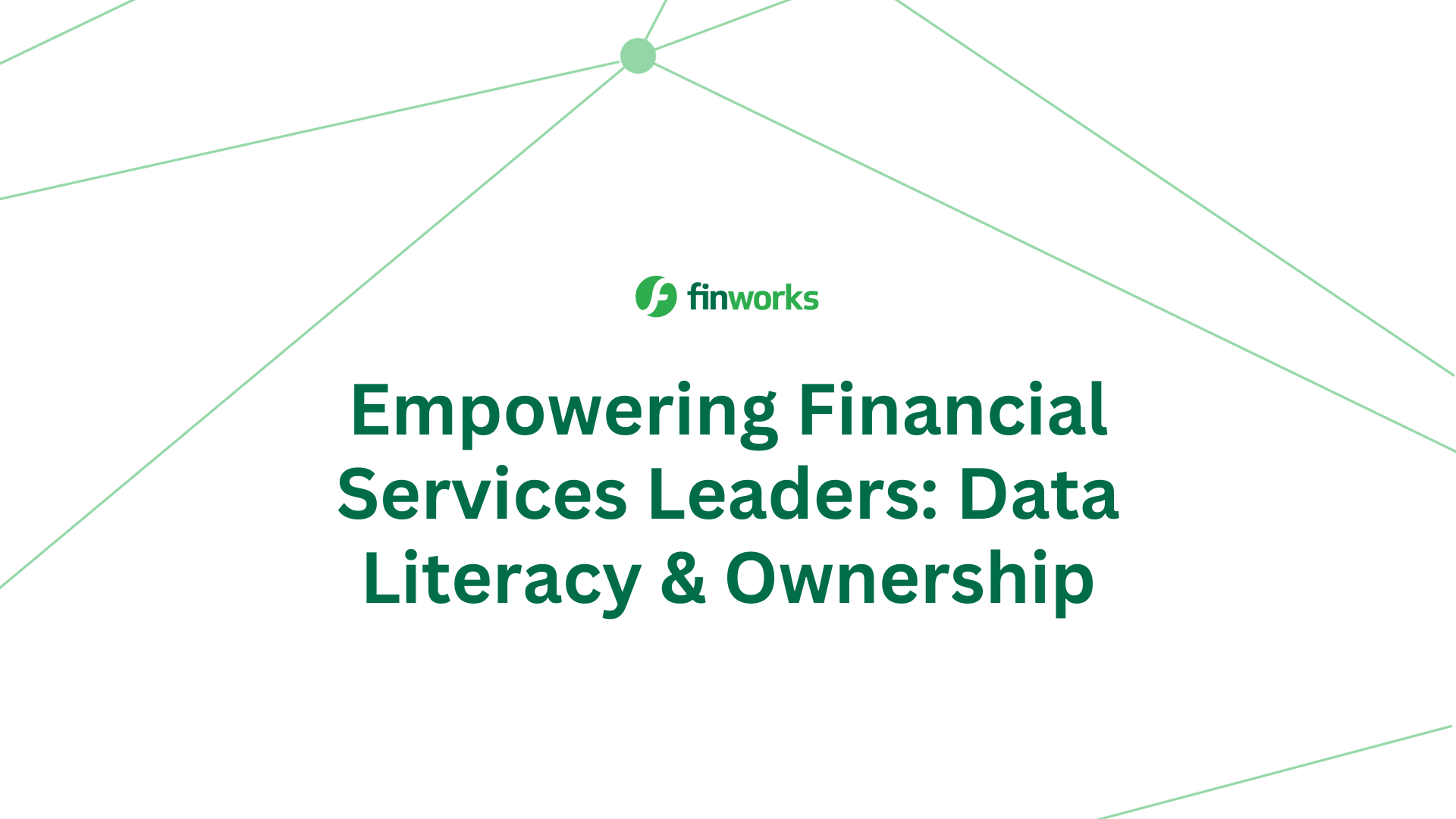The Importance of Scheduling in a Data Management Solution
The Importance of Scheduling
Scheduling by Event or by Time
The scheduling functionality in our software comes with a variety of features with the aim of saving time on repetitive, monotonous, or lower-value tasks. That is why, with our scheduling functionality, users can trigger data processing by event and by time, using our internal scheduler available off-the-shelf.
- Scheduling by event allows processes or tasks to be linked together to create chains that operate automatically one after the other. So, when one event or task is completed, the next scheduled event will occur. Another specific advantage of the scheduling function in the Finworks Data Management solution is the option of
- Scheduling by time – processes, data workflows, or workflow chains can be triggered by predefined timing. This ensures that you can pull data from many diverse sources at various times during the day. For example, daily feeds from data sources can be automatically scheduled so that they will pull data by a certain time. This feature streamlines and facilitates your operational processes, allowing you to start the day knowing that the data is available for further processing, analysis, or complex data management. Analysts can focus on why certain sources are not providing data rather than the monotonous job of loading feeds daily.

Scheduling Calendar
The process of transforming data into a different format for processing effectively involves converting the source data. Its primary function is to extract data from a source, reformat it for usability, and then deliver it to a target.
Data transformations could be triggered in two ways – By Time and By Event. By event occurs when, for example, the system finds a new file in the reception area then it triggers the processing of the file. If the system is pulling data or exporting data to a downstream system this can be done through the scheduling calendar.
The Calendar function allows the end-users to describe complex schedules. Besides allowing regular, timed plans, scheduling should also allow for complex calendar schedules to be described. For example, scheduling a process on the fifth working day of the month. Its function was developed to provide a robust yet easy-to-use scheduling option for even the most demanding users. Using the Calendar, users can prepare their tasks and appointments in a visually simplistic way, facilitating the organisation's internal workflow. In addition, employees can also access, edit, and share digital agendas accessed by the entire company.
Branched Scheduling
Scheduling chains can be triggered sequentially. In addition to linear scheduling, the system also supports branched scheduling and is capable of triggering data transformations in separate ways. The list of transformations can be augmented by adding a new branch. This allows multiple sets of operations and transformations to be performed on the same data stream. When you want to self-join data from multiple sources or want to use the same source for multiple sinks, adding a new branch is useful. As an action, a new branch will only be available if there is already a transformation following the one you are branching from.
How can a User create a Schedule?
Considering schedule creation is an important and urgent task, we created a UI page that will enable our users to have a visual representation of the chain as well as see what is coming next in the right order. Schedules can be created in a new data workflow or within the existing workflow (data load, data transformation, data output), and the date and time can be selected. They can chain workflows together or create new ones, or they can add existing schedules to an existing chain to start a workflow at some point in the future. Even if you have not set up chains initially you can chain them together later.
How is Finworks different from other providers?
At Finworks, we always want to be ahead of the curve. And that is why we place such importance on the smallest details. When we were developing our scheduling functionality for our clients, we enhanced a standard option into a sophisticated one in order to meet the needs of our clients. Scheduling by time is particularly important for our financial clients. How Finworks elevates it higher is not only providing end-users with the ability to create these schedules but also making sure they are able to then chain them to existing ones and pre-existing ones within the workflows. By doing so, the entire process can be considered not just as one cog in a machine but as the entire machine. Finworks' scheduler simplifies this process, resulting in increased productivity. Learn more here.




